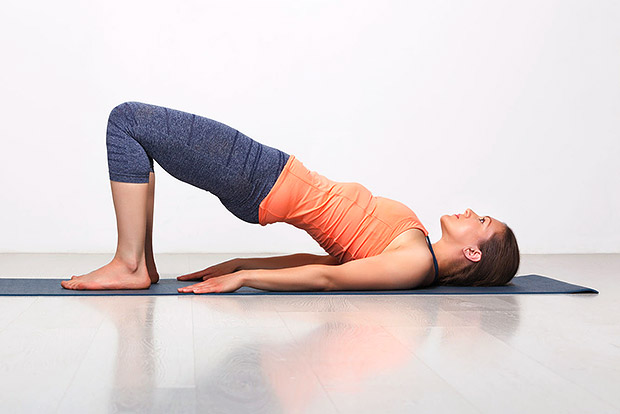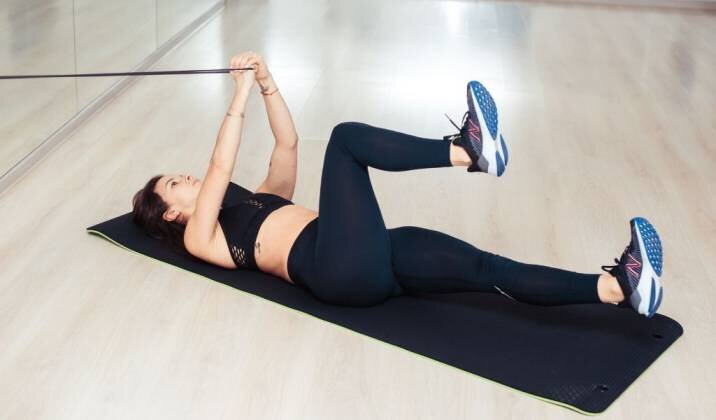What is Osteitis Pubis? How can Chiropractic help?
Have you ever felt pain in your groin or inner thigh after a training session? Or maybe during a game of footy, particularly when you’re kicking a shot for a goal?
You might have a condition known as Osteitis pubis (OP).
Osteitis pubis is the result of a muscle imbalance between the abdominal and hip adductor muscles in conjunction with pelvic instability. Lumbar hyperlordosis, lack of flexibility throughout the posterior chain muscles, or imbalances of the foot may also contribute to the development of OP. The condition is specifically located at the pubic symphysis joint which is where the pelvic bones join together in between the legs.

The condition mostly affects athletes involved in sports like AFL, hockey, rugby, soccer and long-distance running. Repetitive movements such as kicking, sprinting and sudden directional changes can aggravate the joint and lead to bony stress response and inflammation at the pubic symphysis joint.

The location of pain may vary depending on the stage of the condition.
The beginning stage is felt unilaterally (on one side) of the groin, the pain will alleviate after a warm-up but returns after training.
As osteitis pubis progresses, the pain is felt bilaterally (on both sides) of the groin into the inner thighs, particularly after training.
Worsening again, people may feel the pain travel to the rectus abdominus muscle. The pain occurs bilaterally whilst performing certain actions when playing sport or running and therefore athletes are unable to achieve their training goals.

Lastly, the pain becomes more generalised surrounding the pubic symphysis joint, the inner thighs as well as radiates to the lower back which occurs when trying to complete simple activities not specifically related to sport such as climbing stairs and getting out of bed.
If Osteitis pubis is diagnosed and treated during the earlier stages, athletes usually return to their sport within 3 months. Unfortunately, if the condition is left untreated until the later stages, the athlete may need extended time away from their sport to allow their body to rest and recover.
Conservative treatment represents the first-line approach and can provide good results. Chiropractors complete a clinical examination assessing the body for predisposing factors that may lead to stress on the pelvis. Chiropractors will perform specific tests, and examine the range of motion throughout the lower back, hips and pelvis for instability and dysfunction; they may also use X-rays to confirm the diagnosis, especially with chronic conditions.
Three exercises that can be done at home to prevent the imbalance between the hip adductor and abdominal muscles;

- Hip flexor hold;
Laying on your back, reach your right arm to the ceiling. Flex your right hip and knee to 90 degrees. Press your left hand onto the right knee whilst pushing your right knee into the left hand. Hold this position for up to 30 seconds, and repeat each side x3 (as below).

- Single leg glute bridge;
With your upper back supported by a bench, both feet planted shoulder width apart and knees flexed at 90 degrees. Lift one leg up (the knee can be flexed or extended) whilst raising it simultaneously with the hips. Make sure to drive through the heels as you lift the hips. Repeat each side 8 times x3. (See image below)

- Band resisted dead-bug;
With your arms reaching toward the ceiling, hold a resistance band tight as you maintain the lower back flat on the ground. Fully extend one leg at a time whilst keeping the back flat and the ribs down. Repeat each side 8 times x3.
References:
https://www.ncbi.nlm.nih.gov/books/NBK556168/
https://www.ncbi.nlm.nih.gov/pmc/articles/PMC6307487/
https://www.ncbi.nlm.nih.gov/pmc/articles/PMC3666502/

